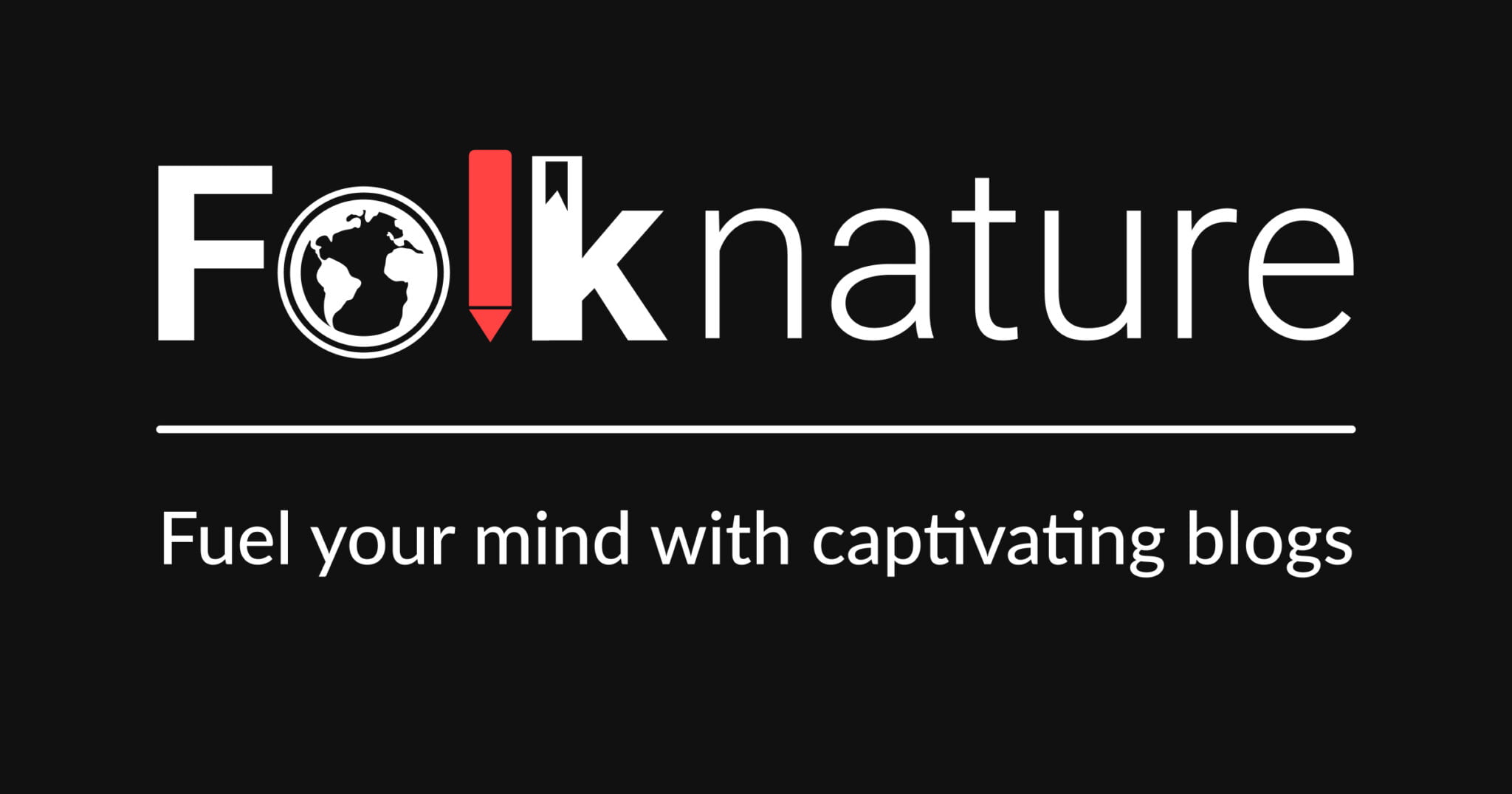Revolutionizing Creativity: Introducing Perfusion – A Game-Changing Text-to-Image Personalization Method
In the world of technological advancement, Text-to-Image (T2I) models have ushered in a new era of creative potential. These models have granted users the ability to shape the creative process through natural language inputs, but the challenge of aligning these models precisely with user-provided visual concepts has posed significant hurdles. T2I personalization necessitates a delicate equilibrium between maintaining visual accuracy and allowing for creative influence, all while optimizing model size for efficient performance.
Introducing “Perfusion,” a groundbreaking approach designed to tackle these complex challenges head-on. Perfusion introduces dynamic rank-1 updates to the core T2I model, enabling the preservation of high visual accuracy while empowering users to imprint their creative vision onto the generated images.
Innovative Solution: Dynamic Rank-1 Updates
At the core of Perfusion lies its inventive technique of employing dynamic rank-1 updates to the foundational T2I model. This ingenious strategy ensures that the model maintains its exceptional visual fidelity while enabling users to exert their creative influence over the resulting images.
Addressing Overfitting through Key-Locking
Mitigating overfitting is a pivotal concern in T2I personalization. Perfusion introduces an innovative mechanism known as “key-locking,” which anchors the cross-attention keys of new concepts to their overarching categories. This smart approach reduces the risk of overfitting, enhancing the overall robustness and stability of the model.
Precise Control with Gated Rank-1 Approach
Perfusion leverages a gated rank-1 approach, affording users precise control over the influence of learned concepts during the inference stage. This dynamic feature empowers the seamless blending of multiple personalized images, fostering a wide spectrum of diverse and imaginative visual outputs that authentically reflect users’ inputs.
Striking the Balance: Fidelity and Compactness
Perfusion achieves a remarkable equilibrium between visual fidelity and textual alignment, all while maintaining a compact model size. Impressively, this transformative technique operates seamlessly with a 100KB trained model, a feat that is five orders of magnitude smaller than the prevailing state-of-the-art models.
Efficiency Beyond Dimensions
Perfusion’s efficiency extends beyond its compactness. The model effortlessly spans various operating points along the Pareto front without necessitating additional training. This remarkable adaptability empowers users to fine-tune their desired outputs, unlocking the full potential of T2I personalization.
Empirical Excellence
In empirical evaluations, Perfusion stands out against robust baselines, showcasing exceptional results in both qualitative and quantitative assessments. The key-locking mechanism plays a pivotal role in achieving innovative outcomes compared to traditional approaches, enabling unparalleled portrayals of personalized object interactions, even in scenarios with limited input.
A Promising Future
As technology continues to evolve, Perfusion represents the boundless possibilities at the intersection of natural language processing and image generation. Through its innovative T2I personalization approach, Perfusion opens new doors for creativity and expression, providing a glimpse into a future where human input and advanced algorithms seamlessly coexist. This groundbreaking approach instils hope for a world where technology becomes an authentic partner in the creative journey.
What is Perfusion?
Perfusion is an innovative text-to-image (T2I) personalization method that empowers users to influence the creative process of generating images through natural language inputs. It introduces dynamic rank-1 updates to the T2I model, allowing for high visual fidelity while accommodating users’ creative vision.
What challenges does Perfusion address?
Perfusion addresses challenges in T2I
personalization, such as balancing visual fidelity and creative control, merging multiple personalized ideas into one image, and optimizing model size for efficient performance.
How does dynamic rank-1 update work in Perfusion?
Dynamic rank-1 updates involve adapting the underlying T2I model to incorporate user-provided concepts and ideas, ensuring that the generated images maintain visual accuracy while reflecting the user’s creative influence.
What is “key-locking” in Perfusion?
“Key-locking” is a mechanism introduced by Perfusion to prevent overfitting. It anchors new concepts’ cross-attention keys to higher-level categories, enhancing the model’s robustness and preventing it from getting overly specialized.
How does Perfusion offer precise control over personalized images?
Perfusion employs a gated rank-1 approach that gives users control over the influence of learned concepts during inference. This allows users to combine multiple personalized images, leading to diverse and imaginative visual outputs.
Can Perfusion adapt to different scenarios without retraining?
Yes, Perfusion’s efficiency extends to adapting to different operating points without requiring additional training. This adaptability empowers users to fine-tune outputs for their desired results.
How does Perfusion perform compared to existing methods?
Perfusion has demonstrated superiority over strong baselines in empirical evaluations. Its key-locking mechanism and gated rank-1 approach contribute to novel and improved outcomes, particularly in one-shot settings.
How does Perfusion impact the intersection of natural language processing and image generation?
Perfusion represents a significant advancement at the intersection of these domains by enabling users to personalize generated images effectively through natural language inputs, fostering a harmonious coexistence of human creativity and advanced algorithms.


